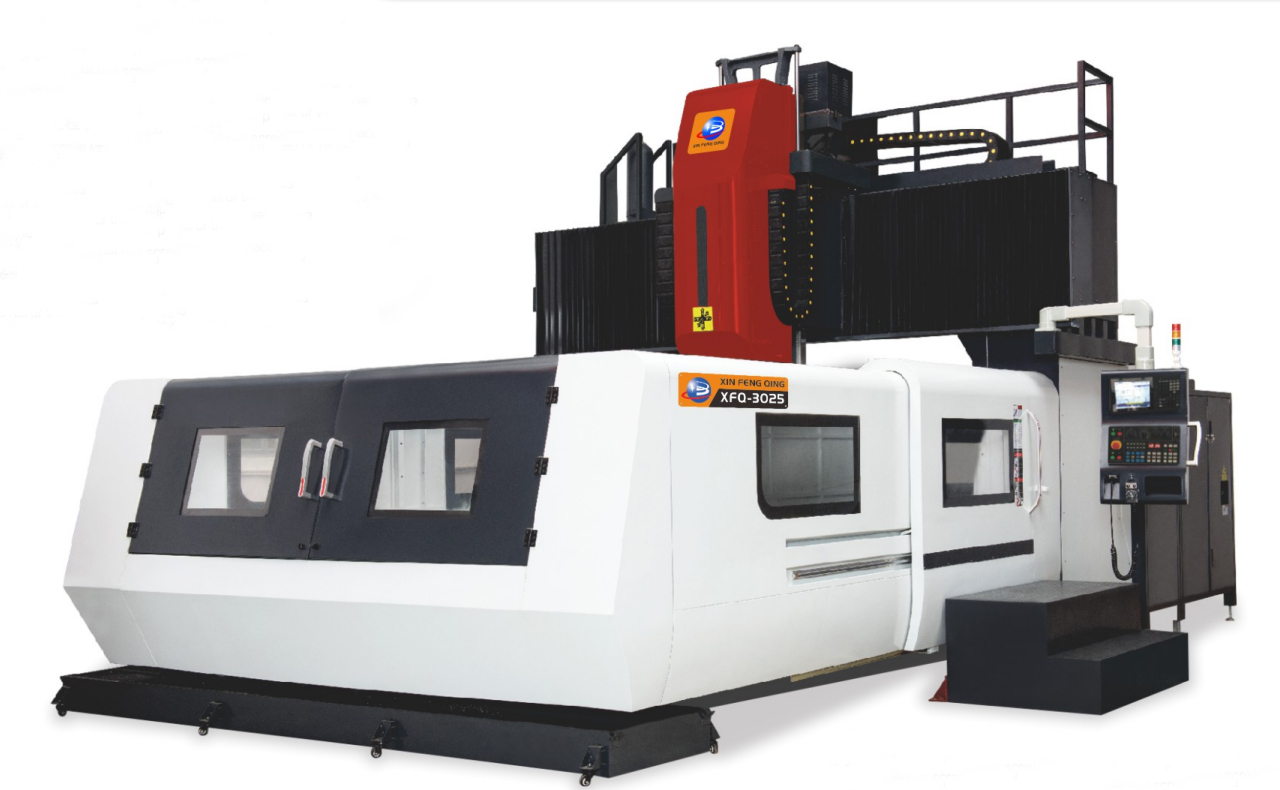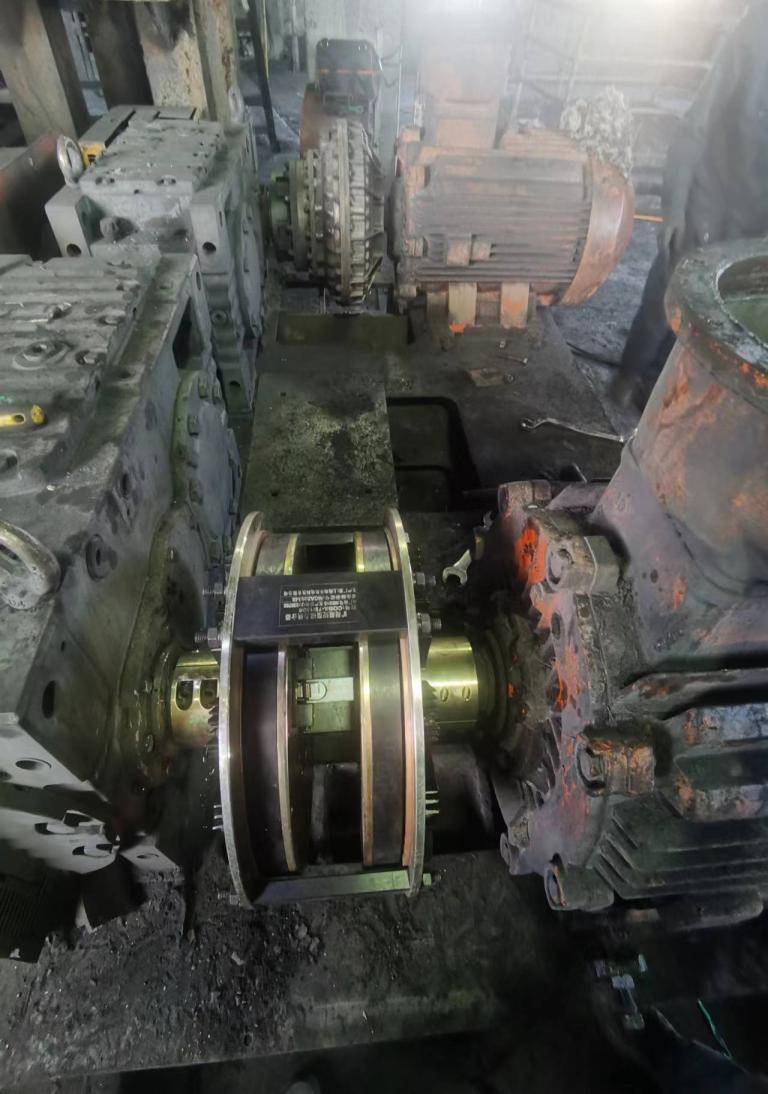In the realm of industrial kiln manufacturing, precision and innovation are paramount. Crafting these behemoths requires a delicate balance of artistry and engineering prowess. From the scorching heat of the furnace to the meticulous assembly of components, every step demands expertise and finesse. Companies in this industry must navigate the fine line between tradition and cutting-edge technology to deliver top-notch kilns that stand the test of time. Join us as we delve into the fascinating world of industrial kiln manufacturing, where tradition meets innovation in a fiery dance of craftsmanship and modernity.
Key Takeaways
-
Opt for Energy-Efficient Kilns: Choose industrial kilns with energy-efficient features to reduce operational costs and environmental impact.
-
Prioritize Structural Durability: Focus on selecting kilns made from durable materials to ensure longevity and reliability in manufacturing processes.
-
Explore Customization Options: Consider customizing industrial kilns to meet specific production needs and enhance efficiency.
-
Regular Maintenance is Key: Implement a consistent maintenance schedule to prolong the lifespan of industrial kilns and prevent costly breakdowns.
-
Efficient Loading Practices: Follow proper loading and crating practices to maximize kiln capacity and ensure even heat distribution for optimal results.
-
Maximize Benefits through Selection: Select industrial kilns that align with your manufacturing requirements to maximize productivity and quality output.
Overview of Industrial Kiln Manufacturing
Purpose and Applications
Industrial kilns play a crucial role in various industries by providing controlled high-temperature environments for processes like drying, calcination, and sintering. They are essential for manufacturing products like ceramics, cement, and glass.
Significance of Olympic Kilns
Olympic Kilns, a prominent player in the industrial kiln manufacturing sector, have significantly impacted the landscape with their innovative designs and reliable performance. Their kilns are known for their durability and efficiency, meeting the diverse needs of businesses worldwide.
Types of Kilns Produced
Industrial kiln manufacturers produce a range of models to cater to different requirements. Electric kilns are popular for their ease of use and precise temperature control. On the other hand, gas kilns are favored for their ability to reach higher temperatures quickly.
Design and Materials Used in Kilns
Heavy-Duty Construction
Industrial kilns are constructed using durable materials such as ceramic fiberboard to withstand high temperatures. These materials ensure the kiln's longevity and reliability in heavy-duty manufacturing environments. The use of robust materials like ceramic fiberboard also helps prevent heat loss during operation, contributing to energy efficiency.
Insulation Techniques for Energy Efficiency
Kilns are designed with advanced insulation techniques to enhance energy efficiency. By incorporating ceramic fiber insulation, kilns can maintain high temperatures while minimizing heat loss. This insulation not only improves the kiln's overall performance but also reduces energy consumption, making the manufacturing process more cost-effective.
Design Features for High-Temperature Performance
Specific design features play a crucial role in ensuring high-temperature performance in industrial kilns. Kilns are equipped with firebrick interiors that can withstand extreme temperatures without compromising structural integrity. gas kilns utilize efficient burner systems that provide precise temperature control, enhancing the kiln's overall performance and productivity.
Pros and Cons of Industrial Kiln Materials:
-
Pros:
-
Durable construction for longevity
-
Enhanced energy efficiency through advanced insulation techniques
-
High-temperature performance for industrial applications
-
Cons:
-
Initial investment cost may be higher due to premium materials
-
Maintenance and repair of specialized materials may require expertise
Technological Advances in Kiln Manufacturing
Efficiency Innovations
Industrial kiln manufacturing has witnessed significant advancements in recent years, particularly in enhancing operational efficiency. Manufacturers have focused on streamlining processes to reduce energy consumption and optimize production output. By incorporating automated systems and advanced technologies, such as shuttle kilns and forge kilns, the industry has achieved higher levels of productivity.
In response to the growing demand for precision heating solutions, modern kilns now feature improved temperature control mechanisms. These innovations enable operators to maintain consistent high temperatures, essential for various industrial processes. The integration of sophisticated control systems allows for precise adjustments, ensuring optimal performance and product quality.
Material Enhancements
The evolution of kiln manufacturing has also been shaped by advancements in materials science. Traditional brick constructions have given way to innovative materials that offer superior durability and thermal insulation properties. Sectional polygonal kilns, for instance, utilize specialized materials that enhance heat retention and distribution within the kiln chamber.
Moreover, the use of refractory metals in kiln construction has revolutionized the industry by improving resistance to extreme temperatures. These materials play a crucial role in safeguarding the kiln structure against wear and tear, prolonging its lifespan. By leveraging cutting-edge materials, manufacturers can create kilns that withstand the rigors of high-temperature operations.
Longevity and Performance
One of the key benefits of these technological advances is the enhanced longevity and performance of modern industrial kilns. By incorporating state-of-the-art components and design features, manufacturers can ensure that their kilns operate efficiently over extended periods. This not only reduces maintenance costs but also enhances overall productivity.
Furthermore, the integration of advanced materials and control systems contributes to the reliability of modern kilns, making them indispensable assets in various industries. From the precise control of airflow to the optimization of heating patterns, these innovations enable operators to achieve optimal results consistently.
Energy Efficiency in Industrial Kilns
Olympic Kilns
Olympic Kilns incorporate various energy-saving features to enhance efficiency. These include advanced insulation materials and optimized designs for heat retention.
Olympic Kilns are designed with efficient kiln exhaust streams to minimize heat loss. The downdraft gas kilns from Olympic are known for their superior energy efficiency.
Impact of Insulation and Design
The insulation used in industrial kilns plays a crucial role in reducing energy consumption. High-quality insulation materials help maintain consistent temperatures, leading to lower energy requirements.
Optimized designs, such as those found in downdraft gas kilns, ensure efficient heat distribution. This results in reduced energy wastage and improved overall performance.
Benefits of Energy-Efficient Kilns
Manufacturers benefit significantly from using energy-efficient kilns. These kilns offer reduced operating costs due to lower energy consumption, leading to long-term cost savings.
Energy-efficient kilns also contribute to a more sustainable environment by reducing greenhouse gas emissions. By using large capacity gas kilns that are energy-efficient, manufacturers can minimize their carbon footprint.
https://www.jiangsuyuli.com/p-contact.html
Jiangsu Yuli Energy






+ There are no comments
Add yours